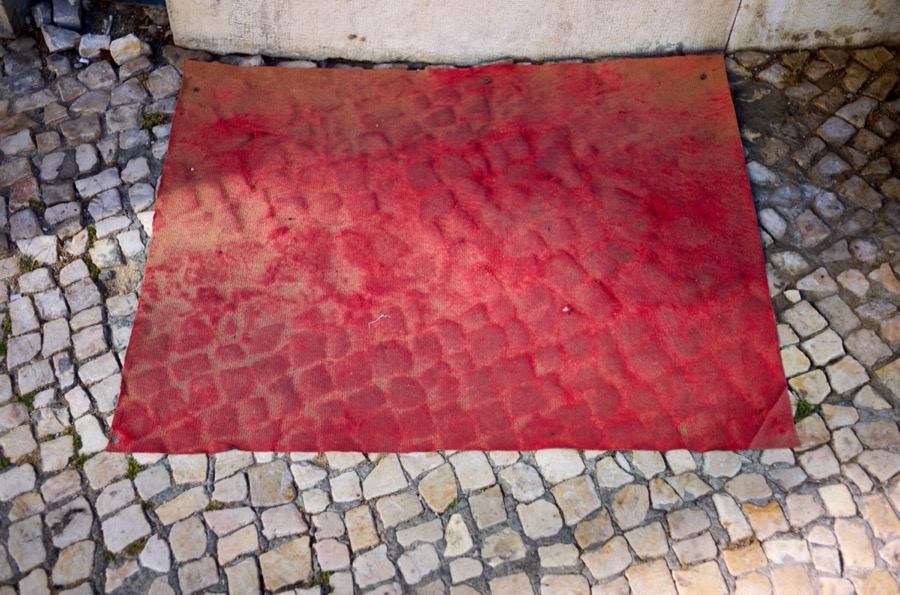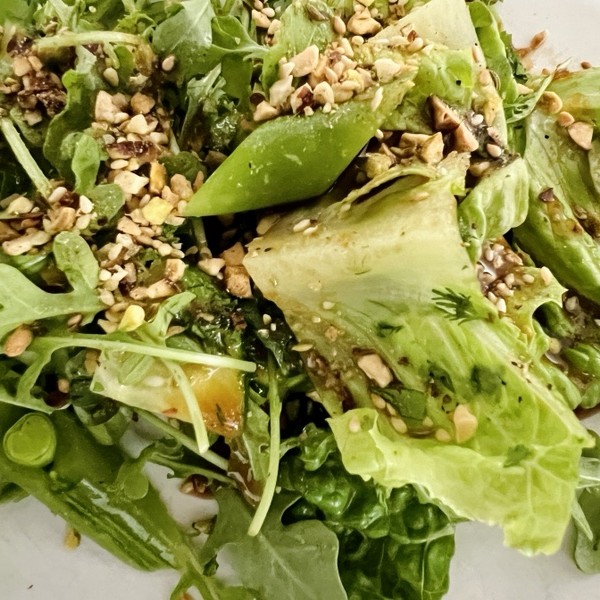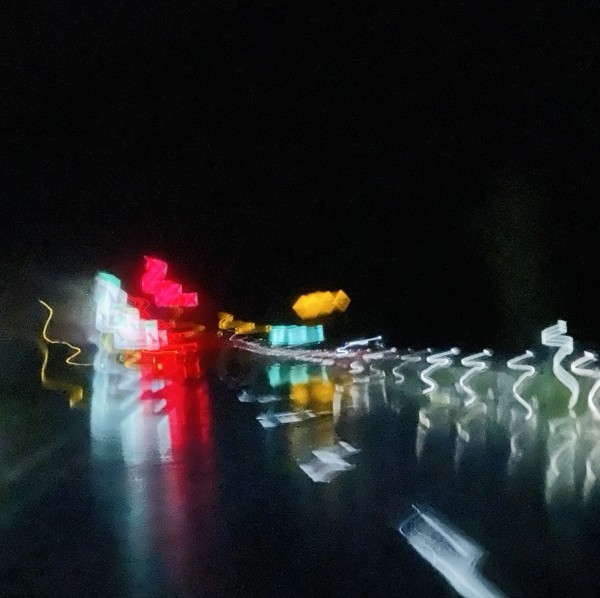02023-07-16 | Book
There’s Selma Özgün the psychogeographer. She’s interested in how over centuries city architecture affects the social and mental spaces people inhabit.
Psychogeographer! Two sentences fromThe Dervish House by Ian McDonald. I find that subject truly fascinating.
02023-07-12 | Book, Poetry
Books are carefully folded forests.
–Saul Williams
Read a few of his poems yesterday. So good.
02023-07-11 | Book, Lx, Photos, Walking
Hers was a walking discipline, like the practices of the peripatetic dervishes. It proceeded at the speed of footsteps, which is the speed of history, and at that speed, on those long walks which are the science’s method, connections and correspondences appear. Strange symmetries appear between separated buildings as if some urban continental drift has taken place. Streets follow ancient, atavistic needs.
from The Dervish House by Ian McDonald
Of course I am going to love that… 😄
Connections and correspondences indeed appear at the speed of footsteps. Anything faster than footsteps and we might miss this door mat, so thin that it looks like a red filter hovering above the stones. Everything lines up and it is clear that the mat has not been moved in a very long time.
I think I should put together a slideshow that contains only the most basic and mundane subject matter. No grand vista, nothing amazing… just simple things that caught my eye.

02023-07-05 | Art, Book, Food
The novel The Dervish House by Ian McDonald features a hunt for a mellified man.
Mellified man – Wikipedia
I finished Hopeland a while ago and enjoyed it very much. So I started reading an older novel by McDonald, from 2010, called The Dervish House. I am digging this one, too, and learned about the Mellified Man. The book describes the process at length, but the above linked entry in Wikipedia will tell you enough. What a wild and crazy idea? Did anyone actually do this?
Staying with the honey theme, here is something I saw on Colossal: Honeycomb Swells Across Ava Roth’s Embroidered Works Made in Collaboration with Bees
And I remember seeing this vase at the MoMA years ago:
The Honeycomb Vase “Made by Bees”:
Libertíny constructed vase-shaped beehive scaffolds (removed at the end of the process) and then let nature take its course: a group of bees went to work building a hive, layer by layer, in the same shape as the scaffold. The work took from two to ten days, depending on the weather, the season, the size of the colony, and its need to expand. It took one week and approximately forty thousand bees to complete this particular Honeycomb Vase. The process, which the designer calls “slow prototyping” in an ironic counterpoint to today’s rapid manufacturing technologies, poetically brings a natural phenomenon full circle, starting with flowers, which nourish bees and enabled them to produce the vase, and ending with a vessel that is meant to contain flowers.
02023-06-16 | Book, Reading
In the following months, during trips he sought to undertake as consecutively as possible, the same experience played out in the jungles of Brazil, the forests of Alaska and at a polar station a long way south of Patagonia, leading him to the conclusion that silence does not in fat exist in nature; rather it’s a fantasy fabricated by our culture, a concept we’ve simply dreamed up. And this was something my friend couldn’t understand. Or, he understood it, but he refused to accept it. The last I heard, his search for a piece of silence on Earth was still ongoing.
The Things We’ve Seen – Agustin Fernández Mallo
02023-06-14 | Book
When he traveled the country, McCarthy always carried a 100-watt bulb in his bag so he could read at night, no matter where he was sleeping.
Cormac McCarthy – Wikipedia



